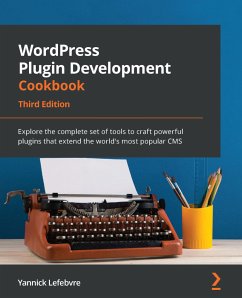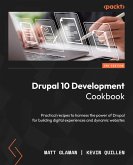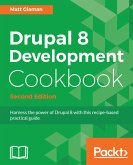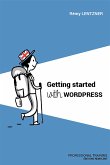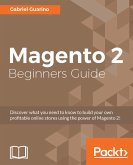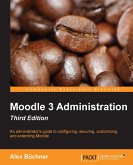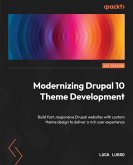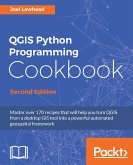This third edition contains new recipes and up-to-date code samples, including new chapters on creating custom blocks for the block editor and integrating data from external sources. From one chapter to the next, you'll learn how to create plugins of varying complexity, ranging from a few lines of code to complex extensions that provide intricate new capabilities. You'll start by using the basic mechanisms provided in WordPress to create plugins, followed by recipes covering how to design administration panels, enhance the post editor with custom fields, store custom data, and even create custom blocks. You'll safely incorporate dynamic elements into web pages using scripting languages, learn how to integrate data from external sources, and build new widgets that users will be able to add to WordPress sidebars and widget areas.
By the end of this book, you will be able to create WordPress plugins to perform any task you can imagine.
Dieser Download kann aus rechtlichen Gründen nur mit Rechnungsadresse in A, B, BG, CY, CZ, D, DK, EW, E, FIN, F, GR, H, IRL, I, LT, L, LR, M, NL, PL, P, R, S, SLO, SK ausgeliefert werden.

